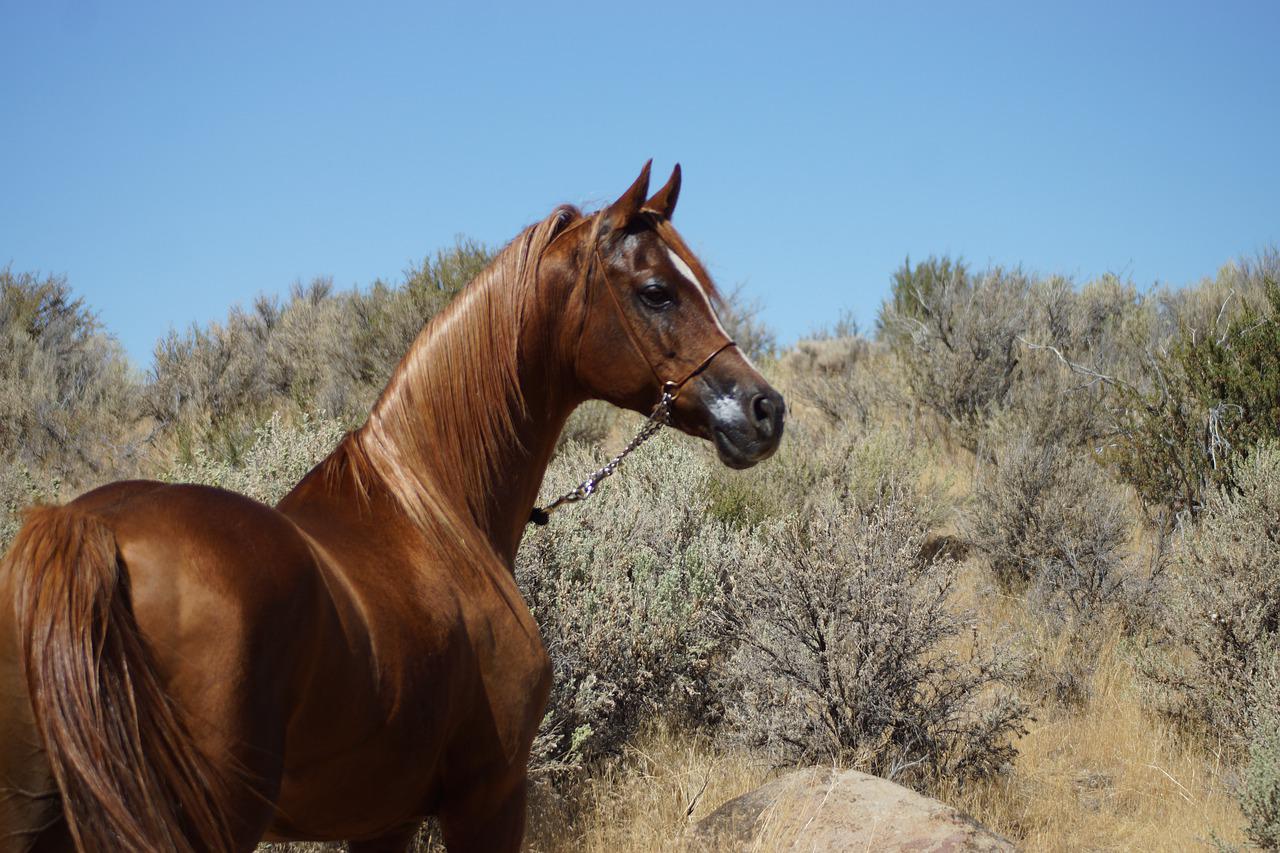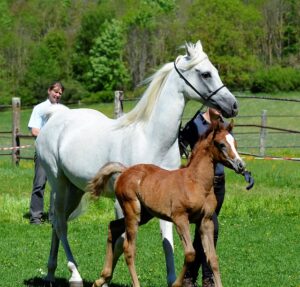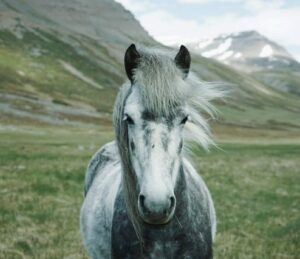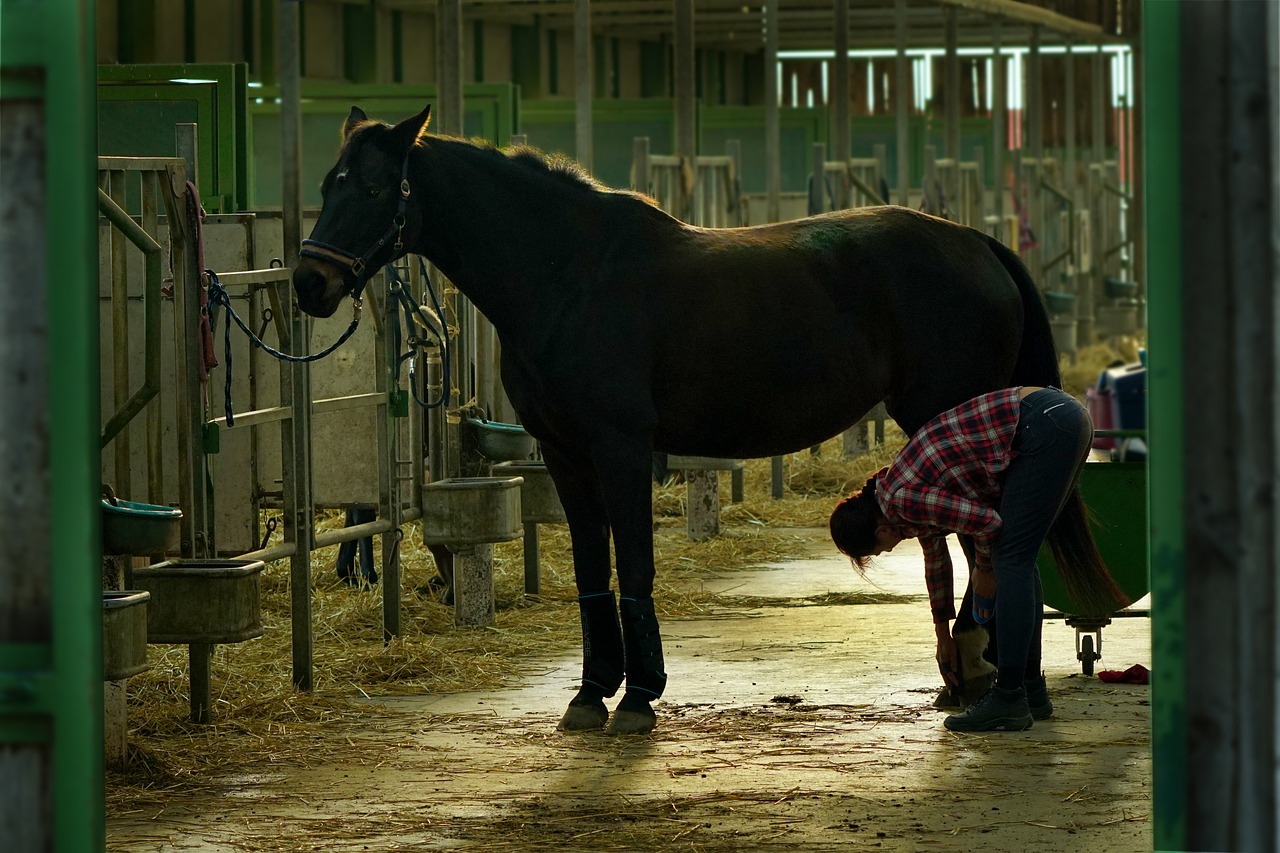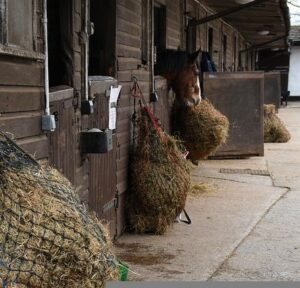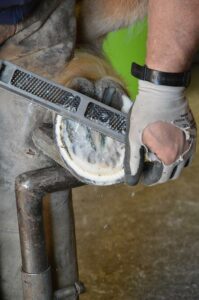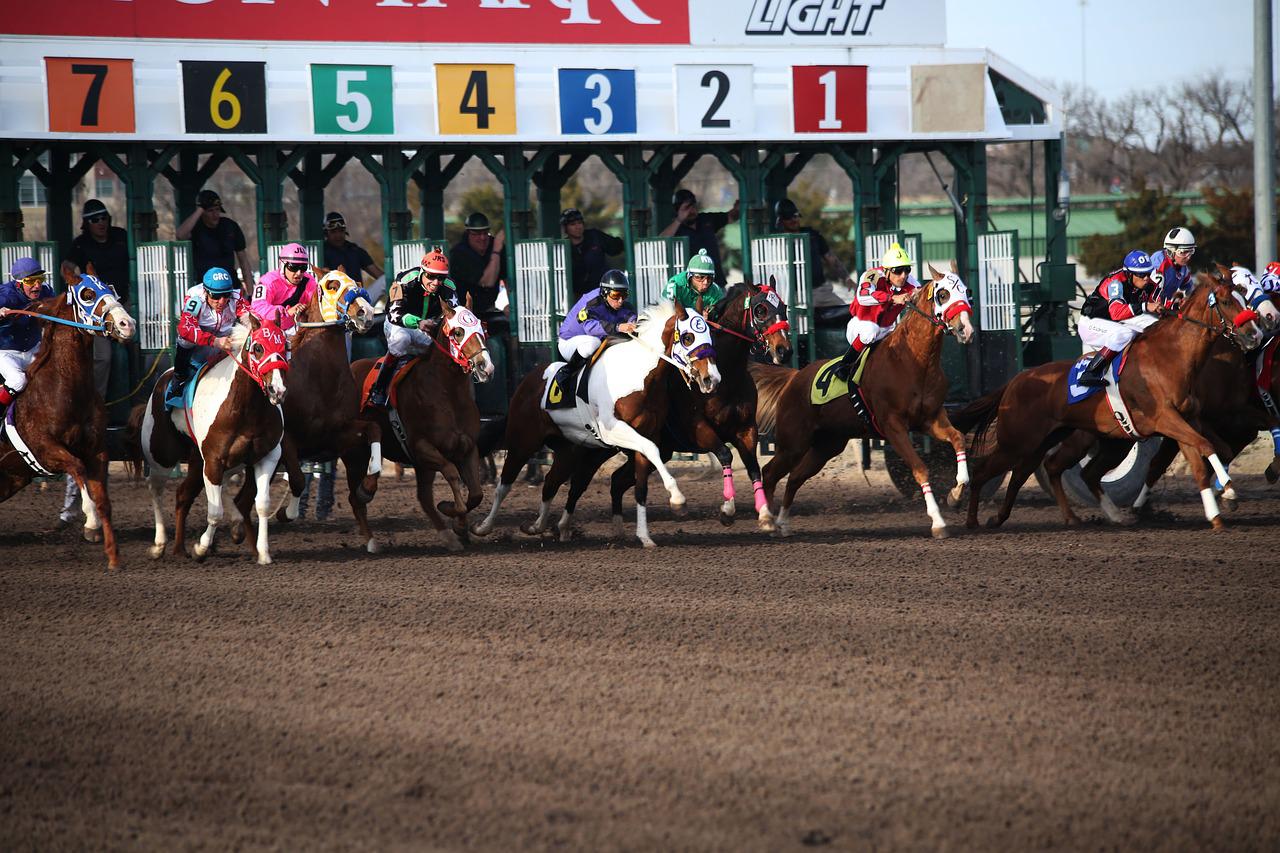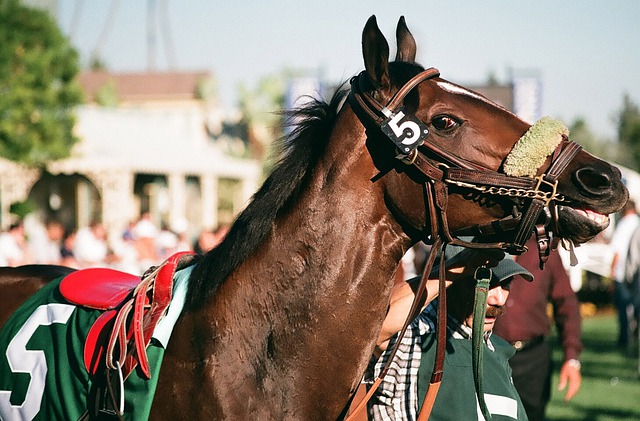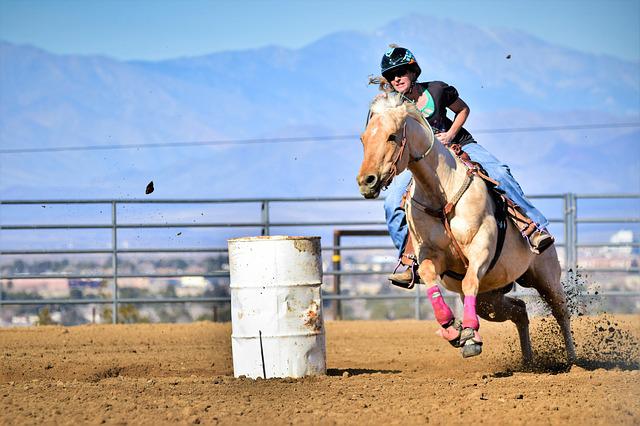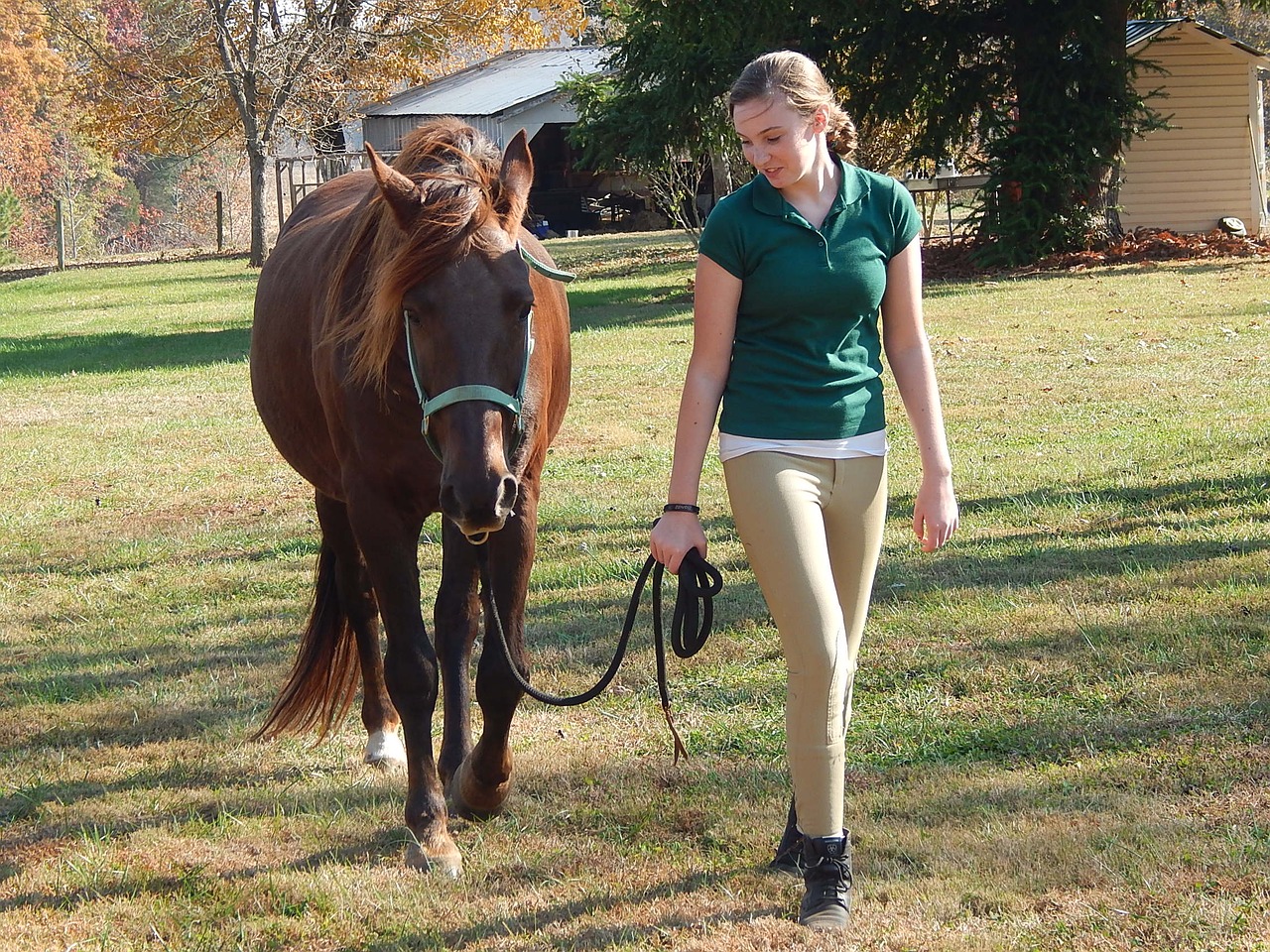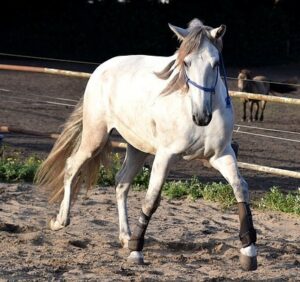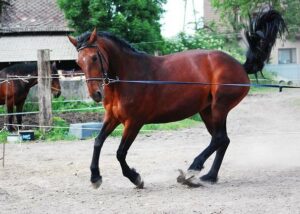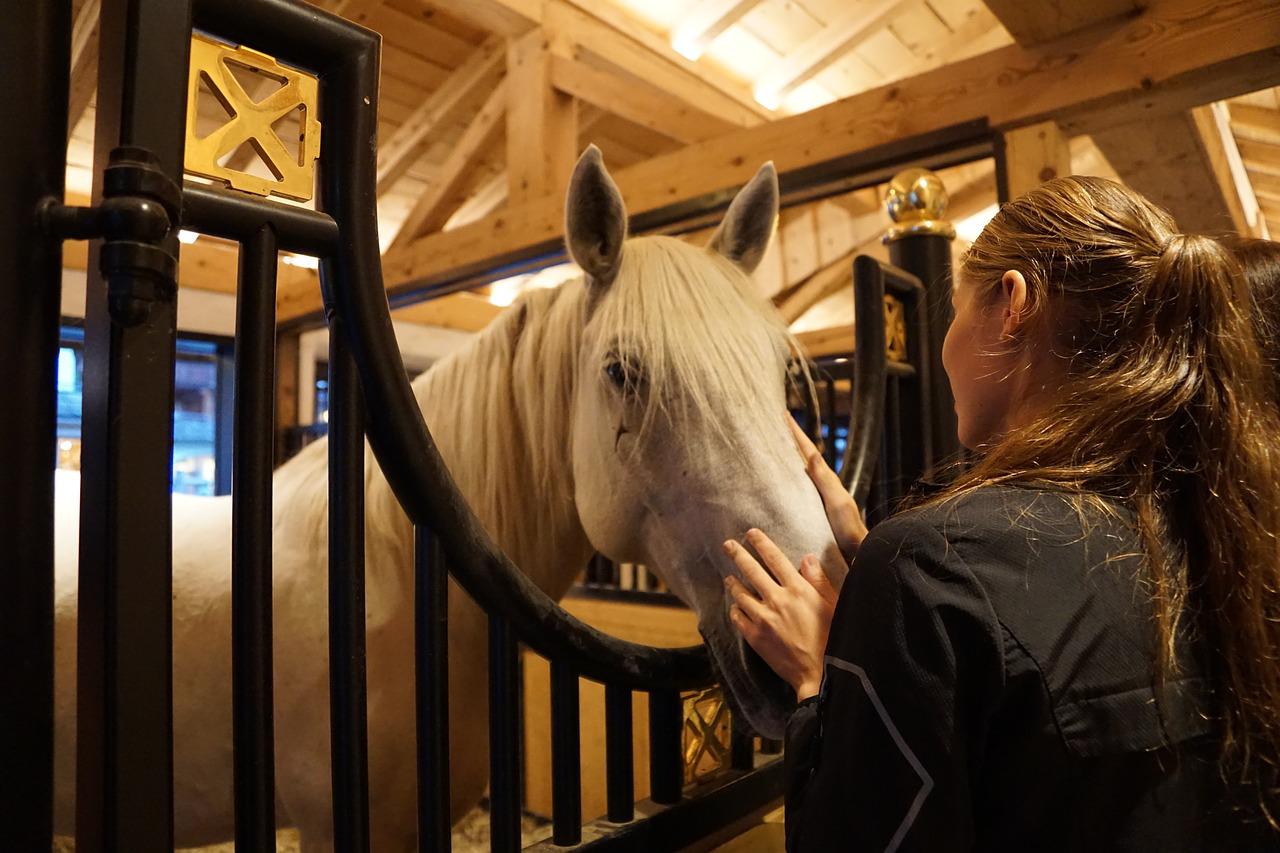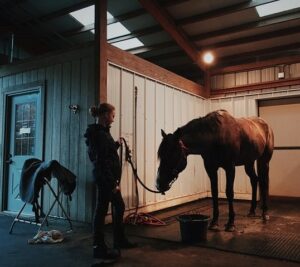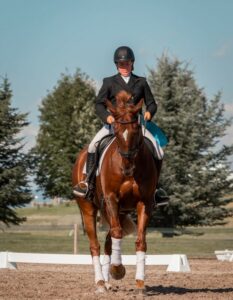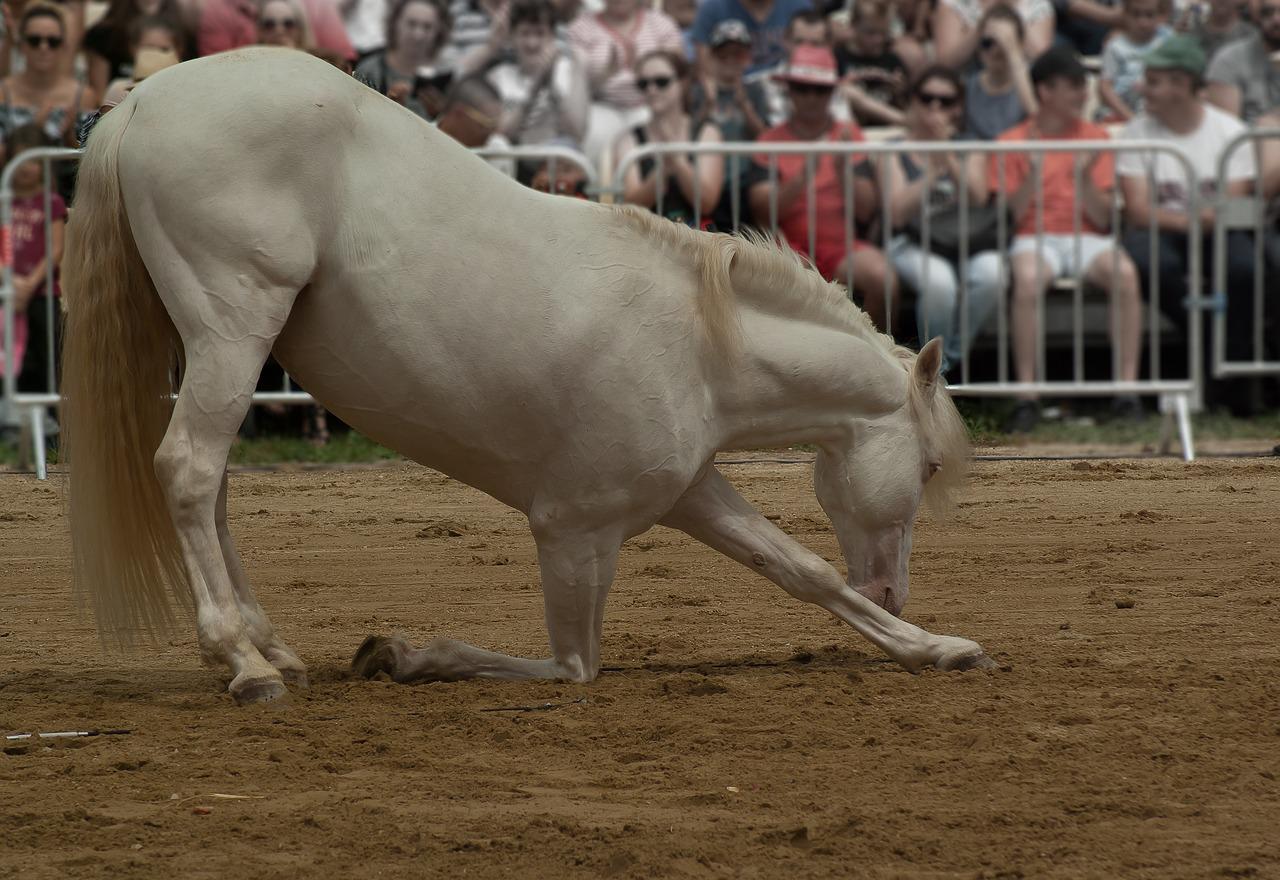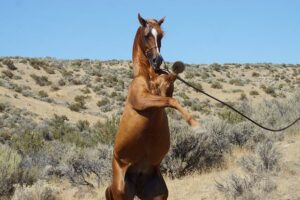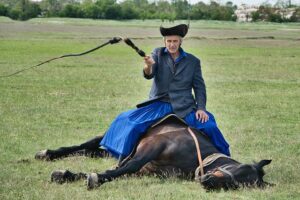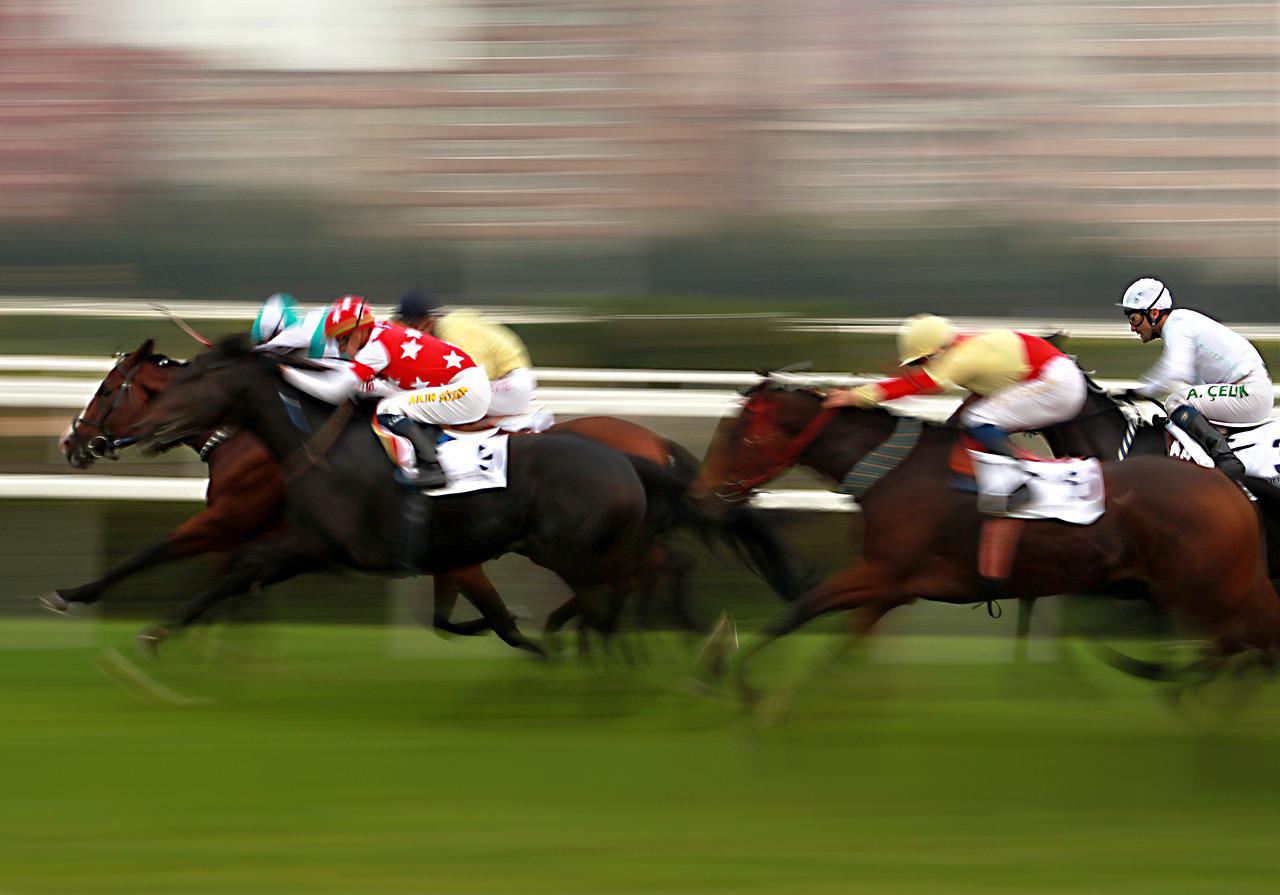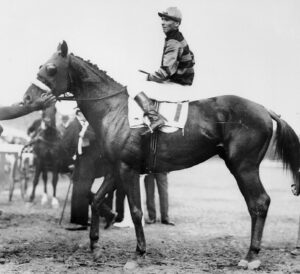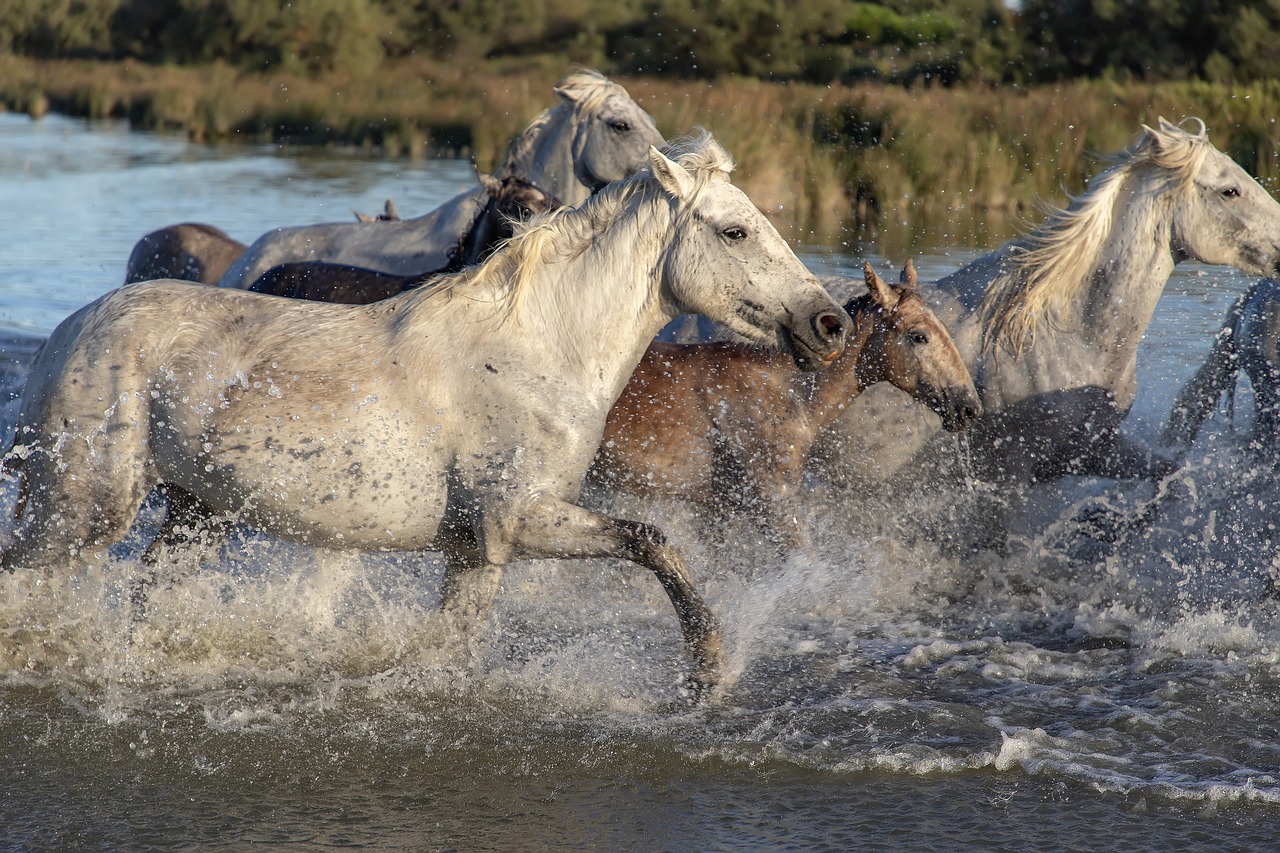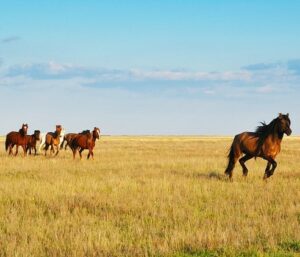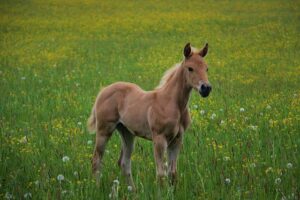Horse racing and traditional sports events, while both fabulous in their own rights, offer very different experiences to their spectators. Sure, there are a lot of common factors in both fields, like the well-organised fan clubs who watch the performances together, or the vast world of betting where traditional sports fans use the betwinner bonus code to bet while horse race enthusiasts use other types of promos and bonuses, but there are still key differences that allow these events to hold a unique place in the hearts of fans worldwide. Let’s delve into the history, spectator experience, betting culture, and cultural impacts of horse races and traditional sports events.
History and Tradition
Horse Races
Horse racing is one of the oldest sports, with origins tracing back to ancient civilisations such as Greece, Rome, and Egypt. The sport evolved significantly over the centuries, becoming a formalised event in Britain during the 17th and 18th centuries. The Royal Ascot, established in 1711, and the Epsom Derby, first run in 1780, are iconic races that epitomise the rich tradition and prestige of the sport.
Traditional Sports Events
Traditional sports like football, cricket, and rugby also boast deep historical roots. Football, with origins in medieval England, formalised in the mid-19th century with the establishment of the Football Association in 1863. Cricket, similarly, dates back to the 16th century and became a structured sport with the formation of the Marylebone Cricket Club in 1787. Rugby’s history is traced to 1823, credited to William Webb Ellis’s legendary action of picking up the ball during a football game.
Spectator Experience
Horse Races
Attending a horse race is a social and often glamorous affair. Iconic events like the Kentucky Derby and the Royal Ascot attract not only sports enthusiasts but also celebrities and fashionistas. The experience is characterised by vibrant hats, elegant attire, and a festive atmosphere. The sight of powerful horses thundering down the track is thrilling, and the races, although short, are packed with suspense and excitement.
Traditional Sports Events
Traditional sports events, on the other hand, offer a different kind of camaraderie and excitement. The communal experience of cheering for a favourite team, the electrifying atmosphere of a packed stadium, and the display of athletic prowess provide a continuous thrill throughout the event. From the meticulous strategies in cricket to the high-paced action in football, the engagement lasts for hours, fostering a deep connection with the game.
Betting and Gambling
Horse Races
Betting is an integral part of horse racing culture. The anticipation of placing a wager adds an extra layer of fun for many spectators. The tradition of betting at the tracks is longstanding, with enthusiasts enjoying the challenge of predicting the outcomes based on various factors such as the horse’s form, jockey’s skill, and track conditions.
Traditional Sports Events
While betting is also prevalent in traditional sports, it is often less central to the experience compared to horse racing. Fans may place wagers on match outcomes, scores, or individual performances, but the primary focus remains on the sport itself and the performance of the athletes. Betting in traditional sports is more about enhancing the enjoyment of the game rather than being a central feature.
Athletes vs. Horses
Traditional Sports Athletes
Athletes in traditional sports are celebrated for their physical prowess, strategic thinking, and endurance. Their training regimes are rigorous, focusing on skills specific to their sport, physical conditioning, and mental preparation. Athletes are often public figures, admired and followed for their achievements, personalities, and dedication.
Racing Horses
In horse racing, the ‘athlete’ is the horse, trained meticulously by skilled trainers to reach peak performance. The relationship between the horse and jockey is crucial, with communication and trust playing vital roles in their success. Horses are celebrated for their speed, stamina, and lineage, with famous racehorses often becoming legends in their own right, much like human sports stars.
Cultural Impact
Horse Races
Horse racing has a significant cultural impact, particularly in regions with a rich equestrian history. Events like the Melbourne Cup and Grand National are national spectacles, drawing immense media attention and public interest. The cultural significance is also evident in fashion, social gatherings, and traditions surrounding these events.
Traditional Sports Events
Traditional sports have a profound and widespread cultural impact, often acting as unifying forces within communities and nations. Football World Cups, the Olympics, and cricket matches can bring entire countries together in shared celebration or collective sorrow. Sports heroes become cultural icons, influencing societal values and inspiring generations.
Conclusion
Horse racing and traditional sports events each offer unique experiences and hold distinctive places in the world of sports. While horse racing is steeped in tradition and glamour, with a central focus on the thrill of the race and betting, traditional sports provide a continuous and immersive experience of athletic excellence and strategic gameplay. Both, however, share the common thread of passion, excitement, and a deep cultural impact, enriching the lives of their spectators and participants alike.

